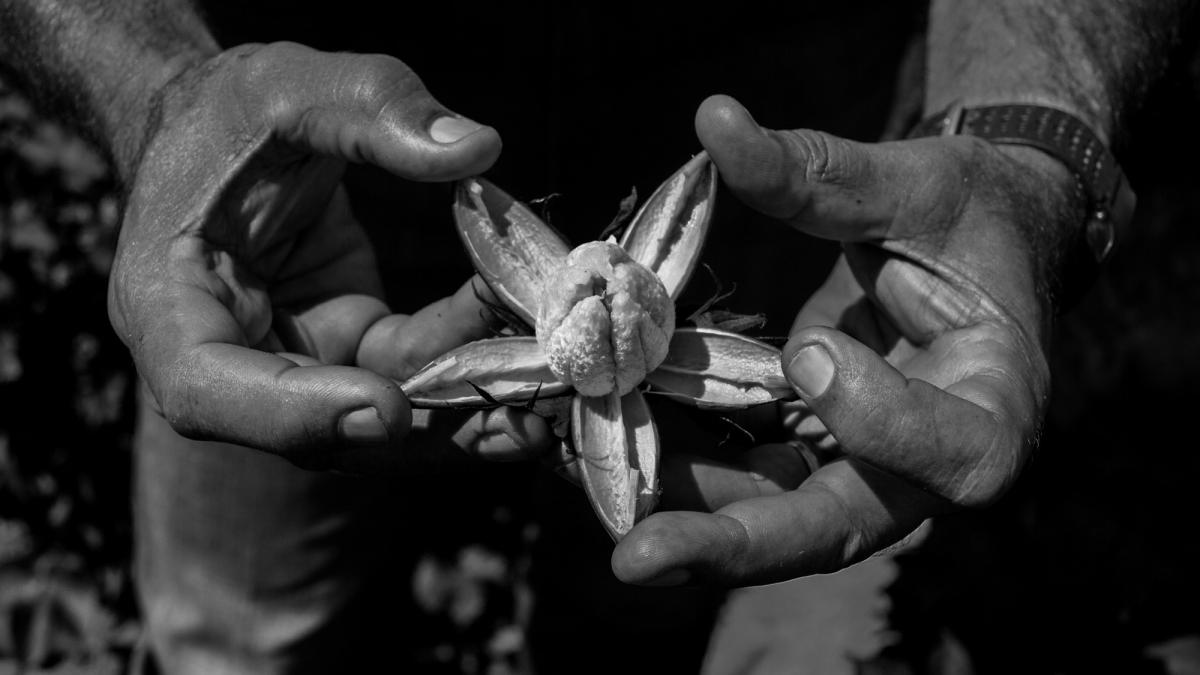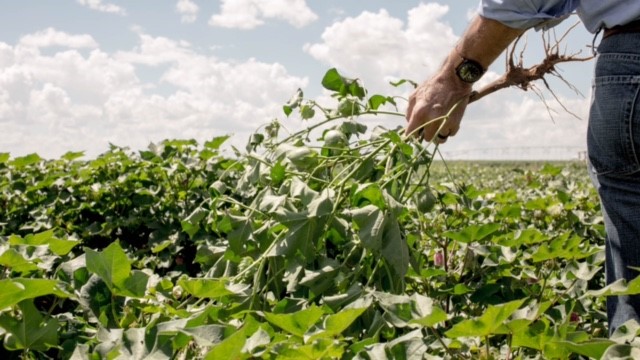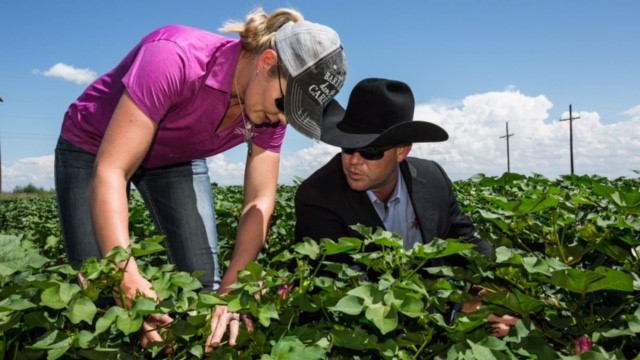This post was originally published on GMO Answers' Medium page.
By Brent Crossland. Brent Crossland is the Head of Fiber Development for Seeds at Bayer CropScience LP, and is based in Lubbock, Texas.

Have you ever wondered what goes into making your blue jeans or t-shirts? September is fashion month, so GMO Answers asked Brent Crossland, Head of Fiber Development at Bayer CropScience LP, to describe how biotechnology and GM cotton benefit the fashion industry, farmers and the environment.
In light of fashion month, it’s important for fashion designers and makers of clothing and textiles to remember that consumers increasingly ask not only where their clothes are made, but how they are made. What’s in their favorite fabrics? Are the fibers synthetic or natural? For many consumers, there’s only one answer -- cotton.
But the interest doesn’t stop there. Specifically, consumers ask how cotton is grown and what advances in technology help farmers produce more environmentally responsible cotton in a profitable manner that i

More than ever, technology plays an essential role in how cotton is grown. And thanks to ever-improving technology, breakthroughs are constantly being made to improve efficiencies in water conservation, soil health, energy use and crop protection.
Sustainability is such an important factor for today's cotton farmers. Supported by the latest technology, farmers continuously improve how they grow their crops, utilizing innovations such as genetically modified (GM) seeds – the building blocks of GM cotton.
Make no mistake: GM cotton has helped farmers in the United States and around the world grow cotton more efficiently and utilize the best environmentally-friendly growing practices.

For example, GM cotton has allowed for a reduction in crop protection products, energy efficiency, reductions in greenhouse gas emissions, and more efficient use of water and plant nutrients. In short, GM cotton is part of a system that allows farmers to improve their crops continuously. And it’s coupled with an environmentally-friendly approach to farming that allows farmers to be not only more environmentally efficient, but more economically viable.
Let me explain. Farmers can’t control the price they receive for their crops. That’s the market’s job. But to stay in business, they must continually work to improve their margin, their profitability, and the only way for farmers to improve margin is to be more efficient. That means doing more with less -- the mainstay of sustainability.
When supported by a sound approach to sustainable production, GM cotton not only lessens its environmental impact compared to other alternatives but also increases profitability on the farm – all the while resulting in improved cotton quality for today’s most demanding fabrics.
Indeed, today’s GM cotton improves the quality and performance of textile products while meeting the expectations of ever more environmentally conscious consumers – excellent news for the fashion industry of today and tomorrow.
Sustainability begins with a philosophy of preserving today’s resources for tomorrow. To help meet that goal, programs, such as Bayer’s e3 cotton initiative, work to make those aspirations a reality.

Under the e3 program, cotton farmers across the United States sign a commitment to grow cotton more efficiently and to adopt environmentally-friendly growing techniques. Measuring the effectiveness of the program is a data collection program and slate of third-party, independent auditors that certify farmer commitments to grow cotton in an environmentally responsible, economically viable, and socially equitable manner – the three pillars of the e3 program.
For sure, many fashion companies see sustainability as the right thing to do for the environment and all of the inhabitants of our planet. Many more fashion companies, however, see value in sustainability for economic possibilities, meeting the needs of customers, and a philosophy of business focused on improving efficiencies and technological innovation.
Nevertheless, sustainable production programs like e3 represent a better way of doing business, while at the same time safeguarding the environment, promoting innovation in the textile and clothing industries, and enhancing farmer profitability.

Many fashion companies now embrace sustainability as a business strategy – and e3 is the means for those businesses to realize their goal of using more sustainably grown cotton.